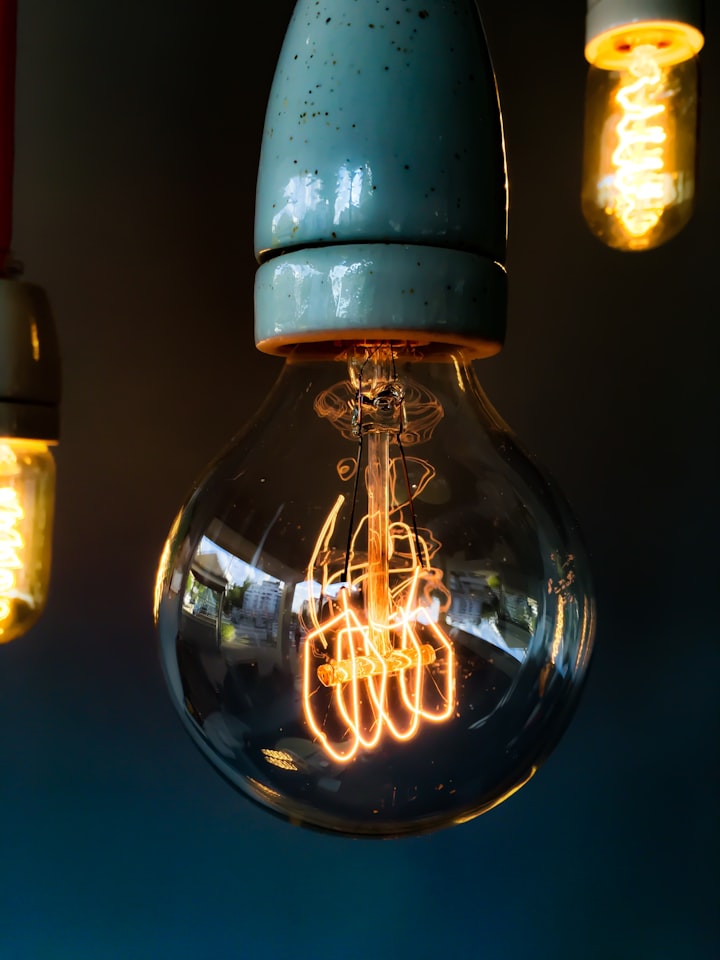
Light is one of the most fundamental and important elements in our lives. It is essential for vision, provides warmth, and is used in a wide range of applications from photography to medicine. In this article, we will explore the science behind light, its properties, and its many uses.
What is Light?
Light is a form of electromagnetic radiation that travels in waves. It is made up of particles called photons, which have no mass and travel at the speed of light. Light can be described as both a wave and a particle, depending on the context.
Properties of Light
Light has several properties that make it unique. One of its most important properties is its wavelength, which determines its color. The visible spectrum of light ranges from red (longest wavelength) to violet (shortest wavelength).
Another important property of light is its intensity, which refers to the amount of energy carried by each photon. The intensity of light determines its brightness and can be measured in units such as lumens or lux.
Light also has a polarization, which refers to the orientation of its electric field. Polarized light is used in many applications such as sunglasses and 3D movies.
Uses of Light
Light has many practical applications in our daily lives. Here are some of the most common uses of light:
Vision: Light is essential for vision. When light enters the eye, it is focused by the lens onto the retina, where it is converted into electrical signals that are sent to the brain.
Photography: Light is used in photography to capture images. Cameras use lenses to focus light onto a photosensitive surface such as film or a digital sensor.
Medicine: Light is used in medicine for a variety of purposes. One common use is phototherapy, which involves exposing patients to specific wavelengths of light to treat conditions such as jaundice and acne.
Communication: Light is used in communication systems such as fiber optic cables to transmit information over long distances.
Entertainment: Light is used in entertainment such as concerts and theater productions to create dramatic effects and enhance performances.
Energy: Light is used to generate electricity through solar panels, which convert sunlight into electrical energy.
There are many sources of light in our world, both natural and artificial. Here are some of the most common sources of light:
1. Sun: The sun is the primary source of light for our planet. It emits light in the form of electromagnetic radiation, which includes visible light, ultraviolet light, and infrared radiation.
2. Stars: Like the sun, stars emit light in the form of electromagnetic radiation. However, most stars are too far away to be seen with the naked eye.
3. Fire: Fire is a common source of light that has been used by humans for thousands of years. It emits light in the form of heat and visible light.
4. Light bulbs: Light bulbs are a common artificial source of light. They work by passing an electric current through a filament or gas, which emits visible light.
5. LEDs: LEDs (light-emitting diodes) are a type of semiconductor that emits light when an electric current is passed through it. They are commonly used in electronic devices such as televisions, computer screens, and traffic lights.
6. Bioluminescence: Bioluminescence is a natural source of light that is produced by living organisms such as fireflies and deep-sea creatures.
7. Electric discharge: Electric discharge is a phenomenon that occurs when an electric current flows through a gas or plasma. It produces light in the form of sparks or lightning.
8. Plasma: Plasma is a state of matter that is similar to gas but consists of charged particles. It emits light when an electric current is passed through it and is commonly used in applications such as televisions and fluorescent lights.
9. Chemical reactions: Some chemical reactions produce light as a byproduct. One example is chemiluminescence, which occurs when a chemical reaction produces light without producing heat.
In conclusion, there are many sources of light in our world, both natural and artificial. Understanding the different sources of light and how they work can help us appreciate the beauty and complexity of our world.
Conclusion
Light is an essential part of our lives and has many practical applications. From vision to communication, light plays a crucial role in our daily activities. Understanding the science behind light and its properties can help us appreciate its many uses and how it affects our world.
About the Creator
Mjawad Raza
life doesn't always give you a second chance
You never get second chance to create the first impression
So make your first chance count






Comments
There are no comments for this story
Be the first to respond and start the conversation.